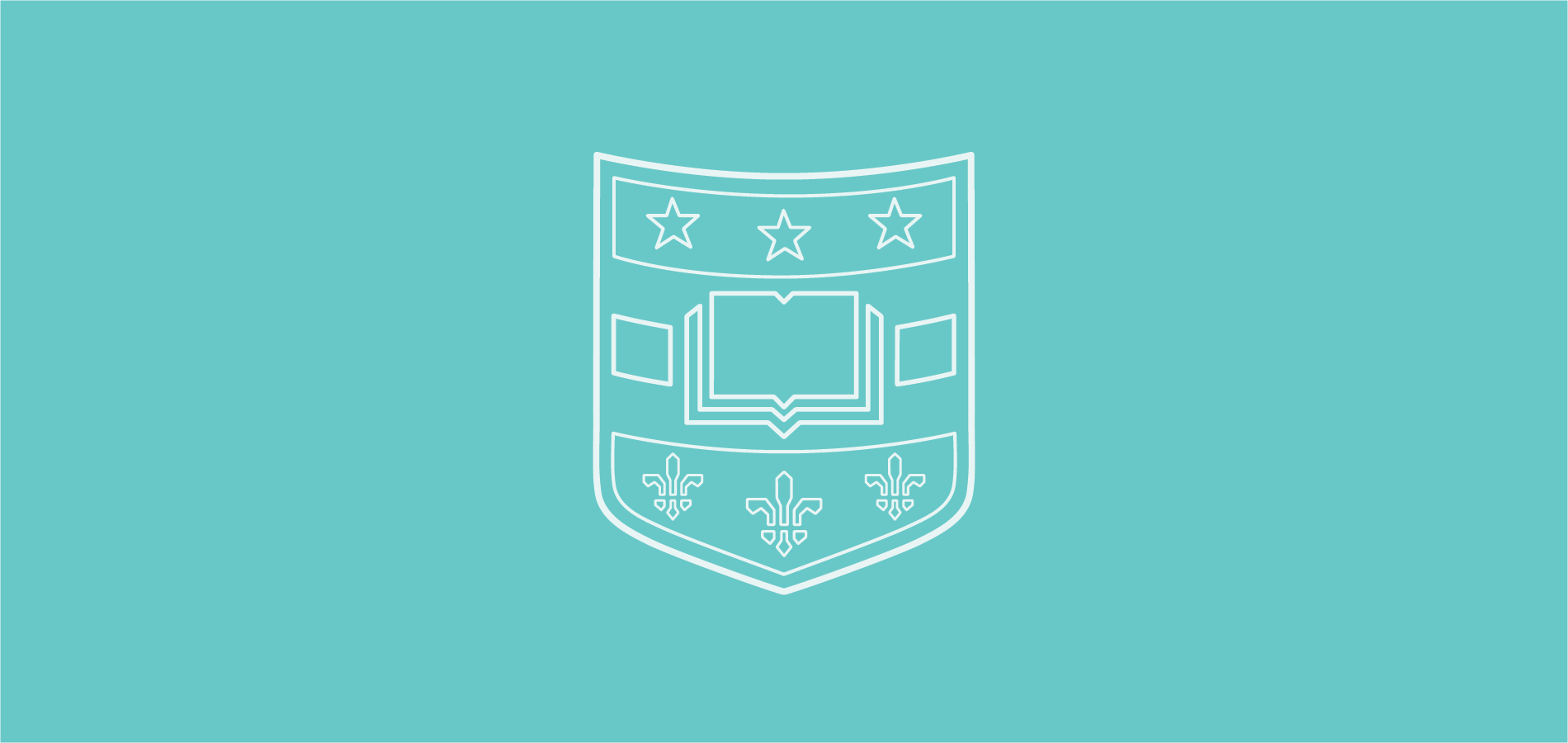
A Snapshot of St. Louis in the Era of Gay Lib
A Snapshot of St. Louis in the Era of Gay Lib: Ciao! Magazine Profiles the Gateway City
In June 1974, Ciao!, a pioneering gay travel magazine, published an article on St. Louis. The piece and accompanying photographs offer a fascinating snapshot of the Gateway City in the era of gay liberation.
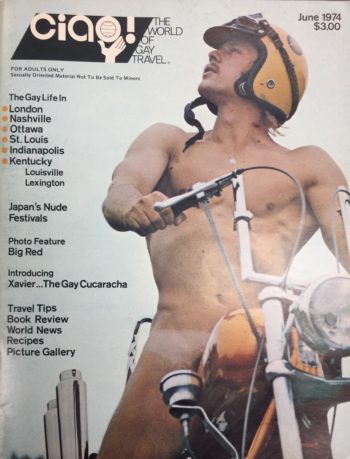
‘Gay Lib’
In business from 1973 to 1980, New York City-based Ciao! mixed erotic photography with articles on the gay scene in cities around the world. The magazine featured travel tips for international destinations as diverse as Moscow, Manila, and Mexico City, as well as many large and midsize US cities. Ciao! projected a sense of irreverent fun and sexual adventure, and it treated gay subject matter with frankness and pride. In many ways, the magazine captured the spirit of the era of gay liberation (or “gay lib”). This period in American LGBTQ history lasted from about the time of the Stonewall Riots in 1969 to the advent of the AIDS crisis in the early 1980s. These years were characterized by an assertive and self-confident style of gay and lesbian identity and heightened political militancy. For Ciao!, however, gay liberation was less about activist politics than the uninhibited pursuit of pleasure.
Ciao!’s international focus implicitly encouraged its readers think of themselves as part of a global community of people united by a shared sexuality. This perspective gave substance to the popular gay liberation slogan “We Are Everywhere.” Yet Ciao! was mostly written by white gay men for an audience of white gay men with the financial means to travel for leisure. Consequently, it provided a selective portrait of the cities that it profiled, including St. Louis. Predominantly lesbian spaces, such as Betty’s California Bar in South St. Louis, were overlooked. Ciao!’s article on St. Louis also noted if “blacks” or “roughs” frequented a given establishment. Depending on a reader’s tastes in men, this information might either have served as a warning or an enticement. In any case, the spatialized gender, race, and class divides of the gay liberation era are apparent in Ciao!’s coverage.
Ralph W. Davis
The profile of St. Louis was written by a man named Ralph W. Davis (possibly a pseudonym). Davis wrote that he had lived in Missouri in the 1950s and 1960s, and he seems to have kept up to date with recent developments in the state. He paints a mostly flattering picture of the Gateway City. For Davis, it seems, St. Louis exhibited a sort of small-town friendliness, but at the same time was large enough to support a fairly interesting and eclectic gay scene.
Davis also picked up on an air of faded grandeur in the city—an impression shared by many other commentators before and since. “The charm of St. Louis’s historic past can be seen in many of its old buildings and private streets,” Davis writes. “Some of the palatial townhouses along these streets have slipped into decay, but I still conjure up images of a past as colorful, wealthy and proper as Boston.”
In the article, Davis surveys many of St. Louis’s gay and gay-friendly bars, restaurants, bathhouses, bookshops, and cruising areas. He focuses on downtown, East St. Louis, and the Central West End, a neighborhood that was St. Louis’s “gay ghetto” at the time. The article includes photographs of several of the places that Davis describes. In some cases, these photographs are of special value as they are the only known surviving images of these establishments.
St. Louis 1974
Ciao! gives us a glimpse of the Gateway City at the start of the gay lib era. More was to come in later years. Some of the institutions that most exemplify gay liberation in St. Louis—such as the Metropolitan Community Church—were just getting off the ground in the spring of 1974, and others—such as Herbies’ disco and the city’s first gay community center—did not open until later in the decade.
From the Article
Below are the photographs from the article, with excerpts from Davis’s descriptions. I have also included information about the current status of the structures depicted in the photographs (current as of October 2016). Note that these are only the establishments that were illustrated; other locations that were featured in the article have not been included here.
Gus’ Midway, 3528 Olive: “One of the three gay spots on the Olive Street/Grand Street area. … It’s a pleasant place to drop by for a few drinks. Some find it a great place to spend the entire evening. Drag shows occasionally. … Tuesday is Free Spaghetti Night. Dancing.”
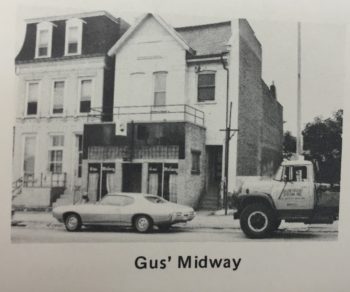

Golden Gate Coffee House, 3542 Olive: “No hard liquor is served here. Just coffee and soda. Very popular with the young who aren’t old enough to drink. … Some hustling, but management is trying to shake loose of this image.” (The buildings that contained Gus’ Midway and the Golden Gate have both been demolished. Saint Louis University’s Wool Center now takes up most of the south side of the 3500 block of Olive.)
Mr. A’s Potpourri, 4755 McPherson at Euclid: “Very nice and close to the Chase-Park Plaza Hotels. In the afternoon many of the young executive types visit in an atmosphere of informal fun. The evening gets the mod, with-it crowd.” (The building that housed Mr. A’s Potpourri still stands. The space is now occupied by the Central West End location of Pi Pizzeria.)
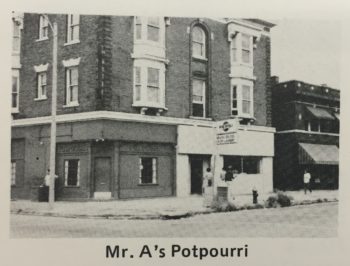
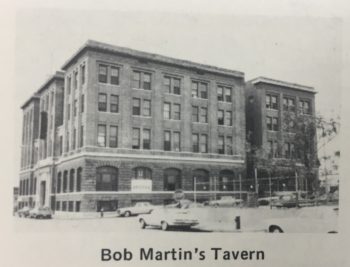
Bob Martin’s Tavern, 201 S. 20th: “This is the only gay bar open Sunday. … Usually crowded. The Tavern is located in the old Railroad YMCA, and is very close to the train station. Generally the crowd is older (over 35 and somewhat raunchy).” (The old Railroad YMCA building is now a Drury Inn.)
Club One-Fifteen, 115 N. 9th: “This is a rough downtown bar that attracts the semi-retired hustlers and roughs and others. Some gays. Some blacks.” (The building that contained Club One-Fifteen was demolished. The AT&T Center skyscraper now stands on the site.)
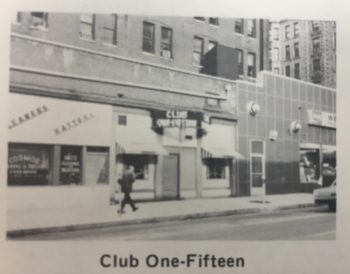
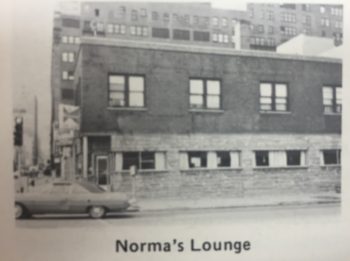
Norma’s Lounge, 719 N. 6th: “Just across from the Greyhound Bus Station and gets the expected bus station crowd. It’s mixed.” (The building that housed Norma’s was demolished. The space is now a parking lot adjacent to the Dome at America’s Center.)
Belcher Baths, 407 Lucas: “This baths has been around for years and shows its age. Occasionally a straight slips into the sacred enclosure and brings some real thrills. … It’s next to the Continental Trailways Bus Station” (the Belcher Bath Hotel building was demolished; a parking garage is now on the site).
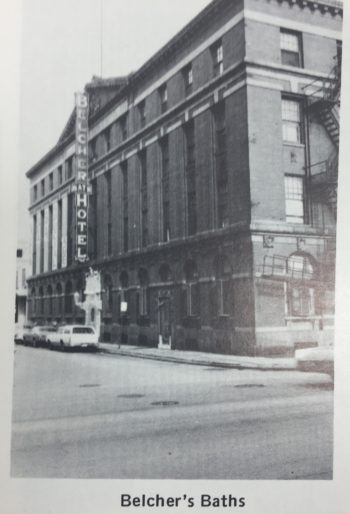
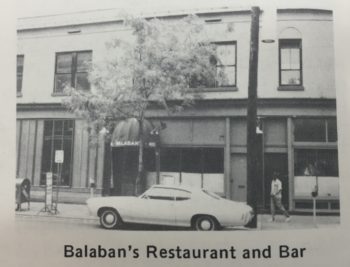
Balaban’s Restaurant and Bar, 405 N. Euclid: “Generally mixed, but a good gay crowd comes here. Very popular.” (The building that housed Balaban’s is intact and until recently was the location of Herbies’ Vintage ’72, a restaurant whose name and style pay homage to Balaban’s and its owner, Herb Balaban Carp.)
World Theater, 506 St. Charles: “Very close to the bus stations, this straight porn movie house attracts the usual types. Balcony is very busy” (the World Theater building was demolished; the site is now taken up by a parking garage).
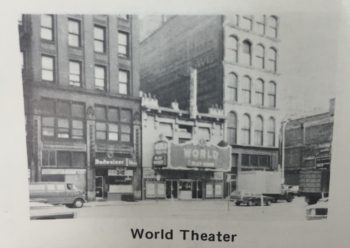
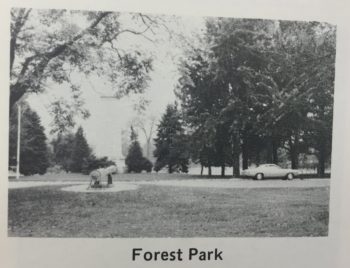
Forest Park at the Cannon: “The cars park on the circle drive here. Also, the johns [restrooms] by the golf course and the opera house have some activity.”
All images are from the holdings of the Gerber/Hart Library and Archives in Chicago, Illinois. Thanks to archivist Wil Brant of Gerber/Hart for his assistance with this research.
Article author Ian Darnell is a PhD candidate University of Illinois at Chicago & graduate researcher for Mapping LGBTQ St. Louis.
Look for announcements and updates about the project on our Mapping LGBTQ St. Louis blog.
Questions or looking for more information about the project? email mrectenwald@wustl.edu
